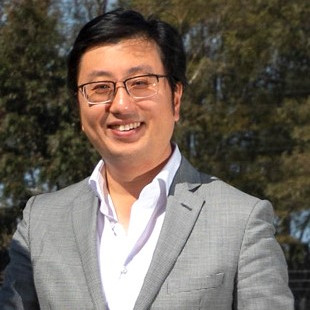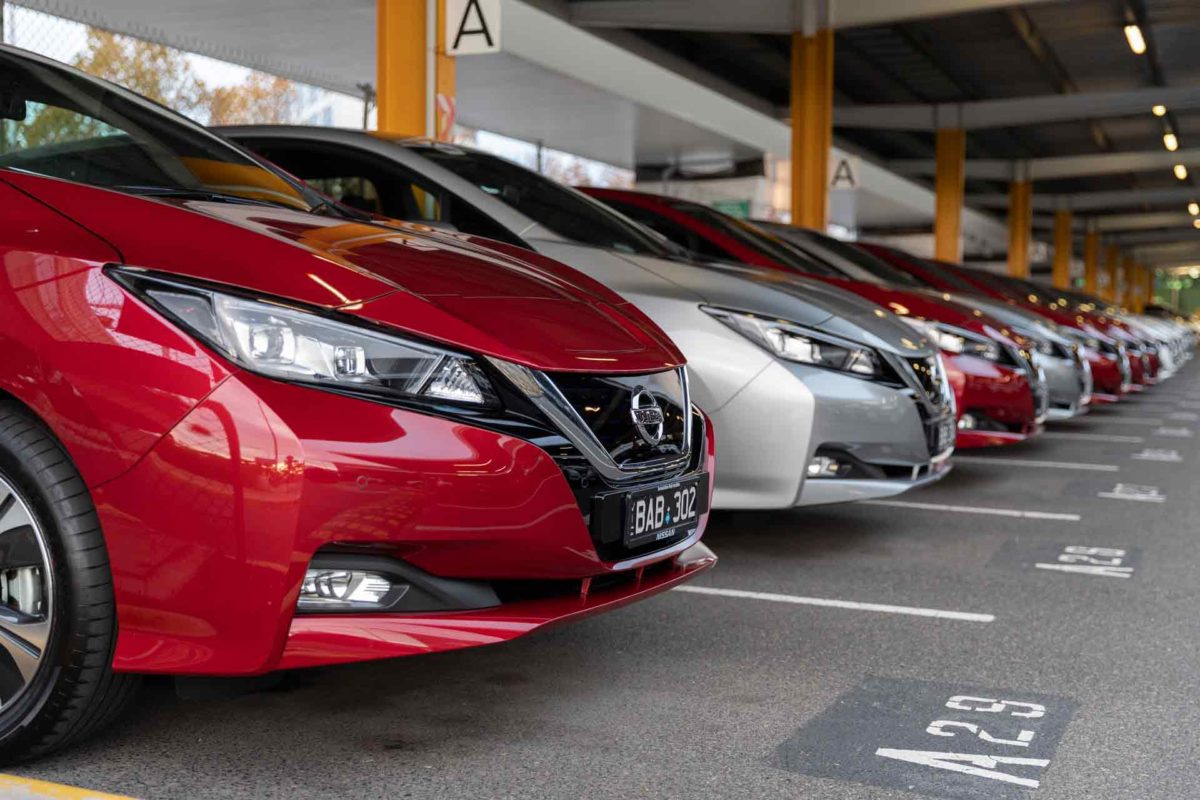Asked to describe what he thinks will be the most “surprising” element of Australia’s electrification, founder and chief executive of Melbourne-based EV charging company JET Charge, Tim Washington, said it will be how fast electric vehicles (EVs) replace stationary storage in the home.
In other words, he believes that when Australia finally starts meaningfully taking up EVs, households will quickly realise their cars can be efficiently used to solar shift their roof’s daytime generation.
Onto bigger visions, Washington – who is also the chairperson of Australia’s Electric Vehicle Council and co-founder of Chargefox– predicts EVs capacity to store and move electrons will eventually transform entire cities and electricity networks.
The transition to electrified transport, he says, will happen in three parts. The first and already well underway step is for EVs to replace petrol and diesel cars, consuming electricity from the grid in the process.
The second step, Washington says, will involve EVs starting to support the electricity grid. That is, “where we use electric vehicles to… essentially act as batteries to support the grid in times of need,” Washington said, speaking at the Clean Energy Council’s It’s Electrifying webinar this afternoon.

LinkedIn / Tim Washington
This might be done at micro-scale in solar homes or on a grid-scale level, he said, pointing to a trial in the ACT where a fleet of Nissan Leafs are providing contingency support for electricity spot markets. The time horizon for such activities to become commonplace, Washington said, is about five to six years, with industry already rapidly embracing the pathway.
The third phase is where things start to get freaky, or properly “sci-fi,” as Washington puts it. In ten to 15 years off, he predicts EVs will “become” the grid.
“That’s not to say they will replace all the poles and wires, but they will be a legitimate alternative,” he said. Such a step he added, will rely on the electrification of transport, autonomous vehicles as well as local “micro-generation”.
What he envisions is that EVs will not only be thought of as transport from point A to point B, but “rather we’ll have a situation where vehicles are merely thought of as an output of kilometres or kWh and at any given time the algorithms are determining whether they should be transporting people or transporting electrons.”
“A very simple way to think about that is if you have a highly dense community with very little solar opportunity on rooftops, you can imagine a world where people drive to the train station at work or get transported to the train station at work, and that train station has heaps of space for solar which is then pumping that into the vehicles and the vehicles are then able to take that electricity and feed it back into where ever people live and all of that will be done autonomously.”
“I think that will be the third part [of the EV transition] where vehicles will do that combined with autonomous technology.”
In the meantime, Washington described the transition towards EVs as a “clear fuel swap” bringing with it a plethora of opportunities.
The reason, he says, other countries are pouring money into their EV industries is not because they are “blind green hippies who want to drive EVs,” but because they recognise it will contribute billions to their future economies.
Washington sees Australia’s current lack of government direction and policy on EVs as not so much stopping electrification from happening here, but rather meaning we squander the opportunity to make the most of the inevitable.
This content is protected by copyright and may not be reused. If you want to cooperate with us and would like to reuse some of our content, please contact: editors@pv-magazine.com.









1 comment
By submitting this form you agree to pv magazine using your data for the purposes of publishing your comment.
Your personal data will only be disclosed or otherwise transmitted to third parties for the purposes of spam filtering or if this is necessary for technical maintenance of the website. Any other transfer to third parties will not take place unless this is justified on the basis of applicable data protection regulations or if pv magazine is legally obliged to do so.
You may revoke this consent at any time with effect for the future, in which case your personal data will be deleted immediately. Otherwise, your data will be deleted if pv magazine has processed your request or the purpose of data storage is fulfilled.
Further information on data privacy can be found in our Data Protection Policy.